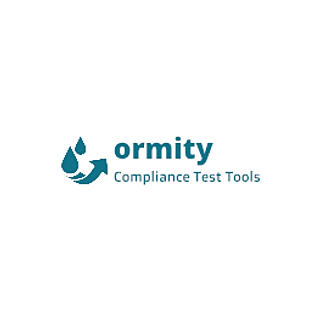Instructions for Calibration and Use of Drip Box (500 x 500 mm Area)
- Dunel Atlantic
- Jun 30, 2023
- 3 min read
This article provides detailed instructions for calibrating and using a drip box with a 500 x 500 mm area. It is important to note that the following guidelines are specific to this equipment size. Please adapt the information accordingly if you are using a drip box of a different dimension.

It is essential to comply with relevant international standards and regulations to ensure the safety and reliability of pluviometry tests. The following are some applicable reference standards:
ISO 20653: Road Vehicles - Degrees of Protection (IP Code) - Protection of Electrical Equipment Against Foreign Objects, Water, and Access
IEC 60529: Degrees of Protection Provided by Enclosures (IP Code)
ASTM D4169: Standard Practice for Performance Testing of Shipping Containers and Systems
Before starting the calibration of the drip box, ensure that the equipment complies with electrical safety standards, such as ANSI/UL 61010-1, IEC 61010-1, EN 61010-1, or AS/NZS 61010. Additionally, ensure that the drip box is properly positioned, and the connections are correctly installed. It may not apply if your drip box device doesn't use electro valves command, turntable or EUT connected to the electricity.
To calibrate the drip box and determine the correct flow rate and pluviometry, follow the steps below:
Use deionized water or treated water to avoid irreversible damage to the equipment. The use of water with high mineral concentrations may affect test results.
Adjust the water flow according to the test specifications. Use the following formula to calculate the flow rate per dripper:
Flow rate per dripper: Q = 0.0004 L/min or 0.024 L/h
Calculate the number of drippers per area:
Number of drippers per area: (500 x 500) / (20 x 20) = 625
Calculate the total flow rate per area:
Total flow rate per area: 625 x 0.0004 L/min = 0.25 L/min or 625 x 0.024 L/h = 15 L/h
Determine the water inlet rate for the desired pluviometry:
Water inlet rate for 1 mm rainfall: 1 L/m²/min
Water inlet rate for 3 mm rainfall: 3 L/m²/min
Calculate the total flow rate for the desired pluviometry:
Total flow rate for 1 mm rainfall: 1 x 0.25 L/min = 0.25 L/min
Total flow rate for 3 mm rainfall: 3 x 0.25 L/min = 0.75 L/min
Now that the drip box is calibrated, you can proceed with the pluviometry counterproof test. Follow the steps below:
Ensure you have a clean container and an analytical balance to measure the volume and weight of the collected water.
Let the water flow for the necessary time to collect the desired amount of water for the test. Adjust the time according to the desired pluviometry.
Turn off the water flow and wait until all the water is collected in the drip box.
Measure the total volume of the collected water using the container and record the value.
Calculate the amount of water collected in each drip box by dividing the total volume of water collected by the number of drip boxes (in this case, only 1).
Calculate the amount of water collected per unit area by dividing the value obtained in the previous step by the drip box's useful area.
Compare the results obtained with the test requirements specified by the applicable standards.
Remember to adjust the equipment and perform measurements according to the specific standards and guidelines of your country or region. Proper use of the drip box and accurate testing will ensure precise and reliable results.
We hope that these instructions are helpful for calibrating and using the drip box with a 500 x 500 mm area. If you have any further questions or need more information, please don't hesitate to ask us: info@ormity.com





Comments